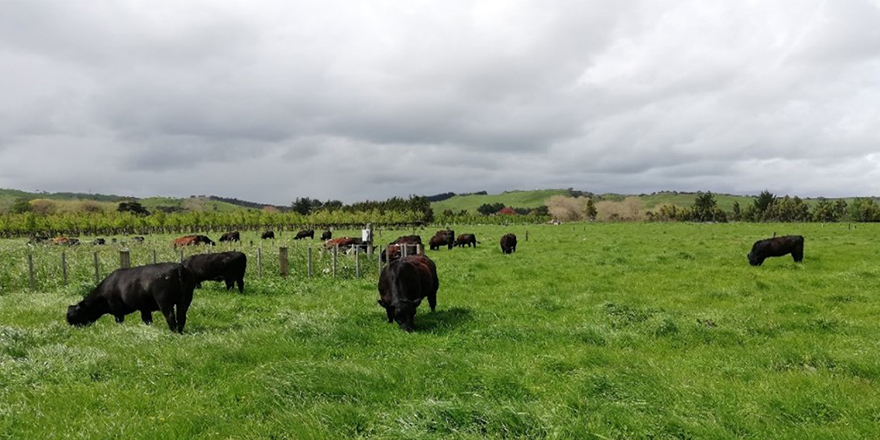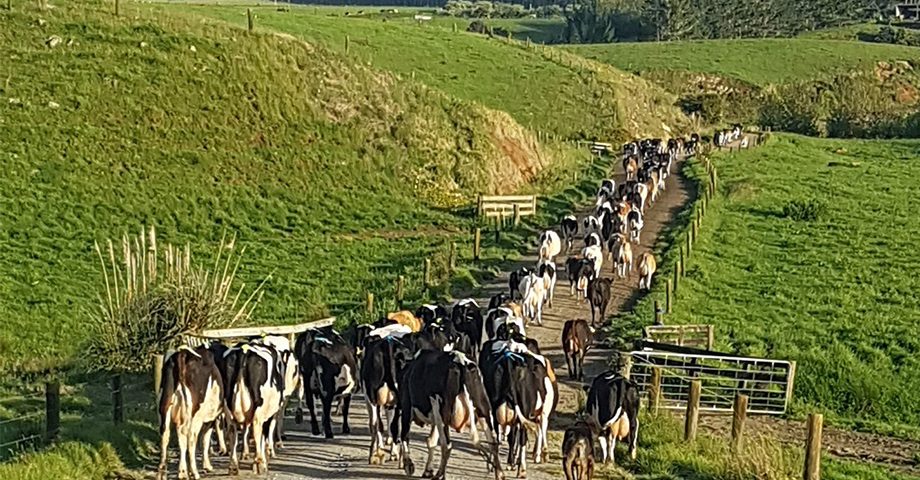
Executive Summary
The New Zealand primary industry is facing significant change, in particular, pressures around environment, finance, biosecurity and changes to consumer behaviour. The leadership and skills of our rural professionals will be a key component to the success of our primary industry in this changing and challenging environment.
For agribusiness organisations to remain relevant and equipped to navigate the changes within the primary industry, it will be crucial for them to have the right people with the right skill sets. For many years rural professionals in New Zealand have been successfully providing a valuable service to the primary industry, however with the fast pace of change there is a need to have rural professionals who have a deeper connection to farming.
The model of having a rural professional career alongside a farming career is a potential solution to ensuring agribusiness organisations and the primary industry has the necessary skills and leadership in its people. This model helps to generate relevant rural professionals who have a depth of connection to farming that allows them to empathise with the challenges that producers and the wider industry face as they understand the what it takes to run a farming business. If agribusiness organisations and rural professionals lose this depth of connection to farming, we have a risk of becoming irrelevant.
Both the primary industry and agribusiness organisations need to develop their thinking on how we progress the model of having rural professionals pursuing an agribusiness career alongside a farming career, and similarly we need to encourage rural professionals to think about the opportunities and challenges this could create. From my research into the topic, it was clear that whilst there was no shortage of opinion, there was a lack of formal strategy around how this model could or should be working among agribusiness organisations, rural professionals and industry leaders.
This report addresses the question of ‘what would it take to pursue a rural professional career concurrently with a career in farming?’ It takes on the perspectives of a rural professional and agribusiness organisation. The research sets out to answer this question through a better understanding of the following key area’s;
- Understanding rural professionals and what drives them
- Understanding the need for a ‘balanced’ approach to this model
- Understanding potential employment and farming structures
- Understanding of the financial viability of the model
- Understanding of the people capability and leadership benefits of the model
My aim for this report is that it will be used by rural professionals, agribusiness organisations and the primary industry to inspire further discussion and development on the topic for the purpose of looking at new ways to create opportunities for the benefit of all stakeholders.
The methodology used for this research report included an exploratory literature review followed by a qualitative approach using semi-structured interviews of key stakeholders.
The outcome of the research is made up of five key themes; values; balance; structures; financial viability; people capability and leadership. There are a large number of variables within such a model which at their heart are quite detailed and complex, some of which are discussed within the report, but many of which are unique to the individual situation and require more in-depth analysis.
From this research, my recommendations include:
- Rural professionals and agribusiness organisations should take the time to understand their personal values, family values and organisational values. This will help them gain a deeper understanding about what really matters to them. They should communicate these and create some alignment between one another, ensuring they ‘tap’ into these on a regular basis.
- Rural professionals should put in place well considered, realistic and measurable goals in all key areas to ensure they keep an overall balanced approach.
- Rural professionals and agribusiness organisations should share stories and real-life examples of where this model has been implemented in the past or current including success and failures.
- Rural professionals and agribusiness organisations should practice open and honest communication on a regular basis to ensure all stakeholders are clear on their responsibilities in the relationship.
- Farm business structures and farm systems should be chosen carefully. The decision-making process should involve family a number of third parties including a bank manager, other farmers, farm consultants etc. Financial viability, family and workload management should be key considerations.
- Agribusiness organisations should take the time to understand the issues that could arise if the depth of farming connection within its rural processionals is lost slowly over coming years
- Agribusiness organisations should take next steps to develop a formal strategy to support the model. This should be a balanced approach involving all stakeholders in the organisation and management should be able to discuss the strategy with confidence.
As the primary industry faces a changing future, there is a need to build people capability and relevant industry leadership. This model offers a unique opportunity for innovative personal and professional development, relevant skill sets and wealth creation. Rural professionals, agribusiness organisations, and other key stakeholders have a responsibility in ensuring the primary industry can thrive in a changing and challenging environment and help future generations prosper.




